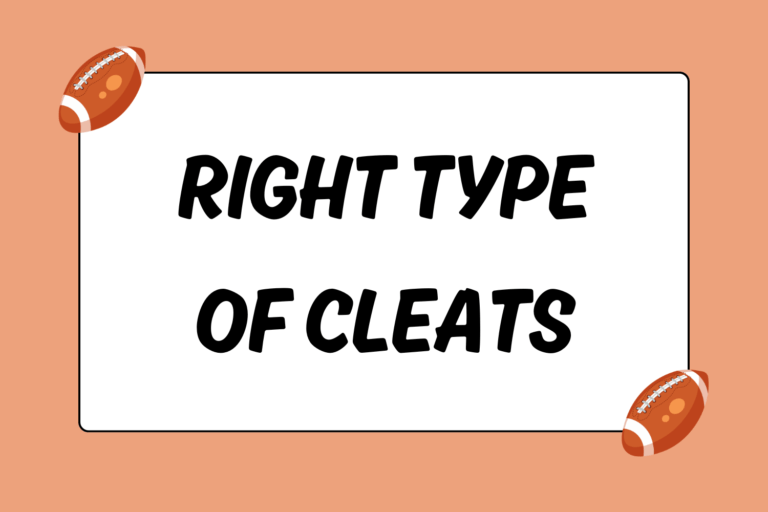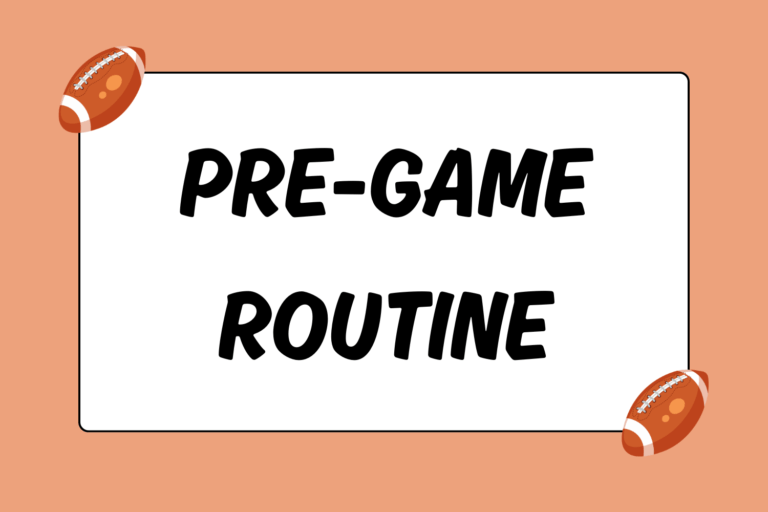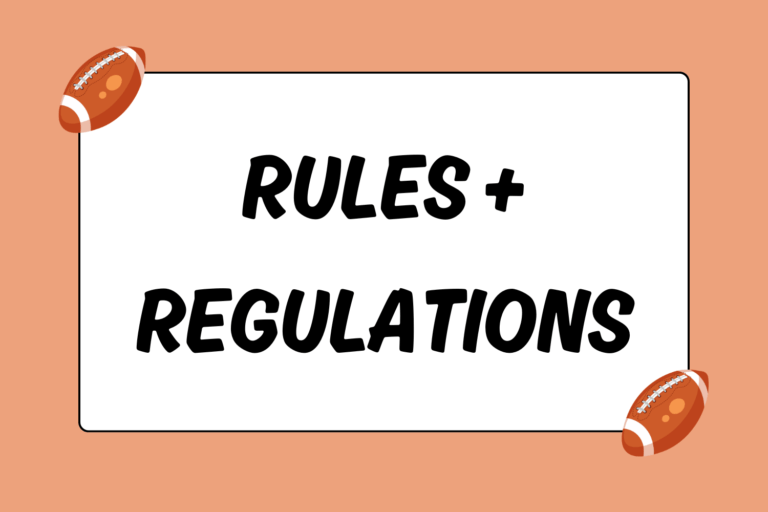Most sensible coaches would agree that it’s a waste of time for a quarterback to hone his punting skills (unless he also happens to double as the team’s punter). Similarly, you don’t see guards running pass routes very often.
There is, however, one particular attribute that all football players should possess regardless of their specific position: A willingness to play physically. This guide features a trio of drills that will help players feel comfortable engaging in contact situations.
One-on-one Blocking Drill
At some point, every football player will have to block and deal with being blocked — indeed, both skills are at the very core of the game. This drill has players handle both sides of the blocking equation in a one-on-one simulation:
- Have players arranged into two groups; don’t worry about having them form lines. One group is the “offense,” the other is the “defense.”
- A coach will pick two players, one from each group, who are of a similar size and stature. These players will line up across from each other. Another coach or player will be standing between five and seven yards behind the offensive player, holding a tackling dummy or bag.
- On the whistle, the defensive player will launch forward and attempt to “tackle” the dummy/bag being held behind the offensive player by touching it. The offensive player will attempt to hold the defensive player off.
- The drill goes on for a pre-determined amount of time — usually 10-15 seconds — or until the defensive player beats the offensive player and touches the bag. If the offensive player prevents the bag from being touched, he wins; if not, the defensive player wins.
- Usually, the losing player has to deal with a consequence, such as 10 down-ups or 25 sit-ups. Regardless of who wins, the players switch sides after the drill.
While this drill may seem like it’s only for O- and D-linemen, it will help every player be comfortable in engaging with an opposing player. This drill is also usually a popular and entertaining choice among players.
Angle of Pursuit Drill
One of the most crucial aspects in making a tackle is approaching (or pursuing) the ball carrier from a smart angle and direction. In this case, “smart” refers to the trajectory of the would-be tackler; specifically, he should figure out the best path to take that will put him in a good position to make a tackle. Here’s a breakdown of how the angle of pursuit drill works:
- Set up two cones approximately 10 yards apart. Have players form two separate lines, one behind each cone. These lines should face each other. Assign one group to be the ball carriers, and the other to be tacklers.
- Using some contact shields or tackling dummies, create three gaps to one side of these lines; arrange them so they’re equidistant from both lines of players. These gaps should extend beyond the lines of players so that the second gap is farther away than the first, and the third is farther away than the second. Space these gaps about two yards apiece, with the first gap starting about five yards away from the lines of players.
- One player from each line will participate in the drill. A coach will stand behind the tackling player and hold up either one, two, or three fingers — this tells the ball carrier which gap to run towards.
- When the whistle blows, both players run toward the series of gaps. The ball carrier will run towards the gap he was assigned, and the tackling player will try to meet him in the gap and stop him.
A number of different factors go into determining the right angle of pursuit:
- The size of the ball carrier vs. the size of the tackler.
- The difference in speed between the ball carrier and tackler.
- The tackler’s position relative to the ball carrier.
Along with helping players get used to both tackling and being tackled, this drill will help improve their decision-making abilities as tacklers, as well.
Mental Edge
A more advanced form of this drill uses five gaps (to simulate the gaps of the O-line), and has the lines of players arranged in the middle of the gaps, rather than to one side. Both versions of the drill teach players how to get in the correct position to make a tackle.
The “Meat Grinder” Drill
Every football player has likely been in a meat grinder at one time or another. Much like the blocking drill above, it’s a one-on-one simulation. The meat grinder, however, is all about hitting the other guy harder than he hits you:
- Using some tackling bags or dummies, form an alley that’s between three and five yards wide.
- Players are again separated into two groups — ball carriers and tacklers. A coach will pick one similarly-sized player from each group.
- The ball carrier is given a ball. Both players lie down on the field about five yards back from the middle of the alley, facing up with their helmets pointed in towards each other.
- On the whistle, both players will roll over and spring up as quickly as possible. They must run into the alley; the ball carrier tries to get past or through the tackler, and the tackler tries to tackle the ball carrier.
- The drill is over when the ball carrier either gets tackled or makes it past the tackler.
A Hard Knock Life
In the course of a football practice, it’s important to include drills that focus heavily on contact, just as it’s important to focus specifically on ability-based skills such as throwing and route-running. As players get more accustomed to contact situations, it will be easier for them to automatically (and appropriately) handle physicality during the course of a game.





